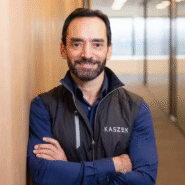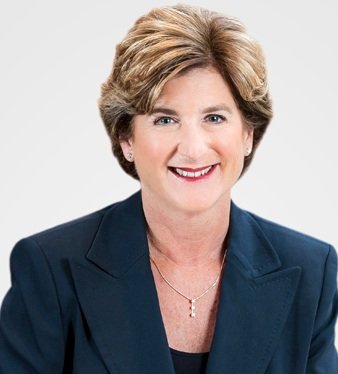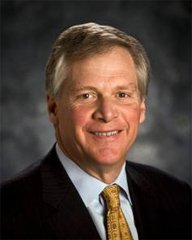Timothy M. «Tim» Armstrong (born December 21, 1970) is an American business executive who has served as CEO and Chairman of AOL Inc. since 2009. A graduate of Connecticut College with a degree in economics and sociology, Armstrong began his professional path in journalism before recognizing the advertising potential of the internet and pivoting to the digital space.
He gained prominence in the 1990s through his work in online advertising sales. He was appointed Director of Marketing at Starwave, a Seattle-based online entertainment and news portal that was acquired by Disney in 1998. After serving as Vice President of Sales at the New York-based media and gaming company Snowball in 2000, Armstrong joined Google, where he became Head of Advertising Sales and later served for years as President of Google Americas Operations.
On March 12, 2009, he replaced Randy Falco as CEO of AOL. Under Armstrong’s leadership, AOL underwent a significant transformation. He steered the company toward becoming a market leader in technology-driven advertising while shifting its focus to digital journalism, particularly emphasizing support for local communities.
Armstrong co-founded Patch Media, a hyperlocal news platform now owned by AOL. His efforts to streamline operations and reposition the company have been nicknamed “Project Everest” by economic commentators. Among his key initiatives was the launch of Seed, an editorial system that integrates data and search engine algorithms to inform content creation decisions.
He also led AOL’s acquisition of The Huffington Post in 2011, a major move that expanded the company’s media footprint. During the 2010s, Armstrong oversaw the purchase of several key digital media and technology platforms, including TechCrunch, Gravity, Adapt.tv, and Millennial Media.
In May 2015, Verizon Communications acquired AOL for $4.4 billion. Armstrong remained in his role as CEO following the acquisition, continuing to guide the company’s evolution in the digital content and advertising landscape.







